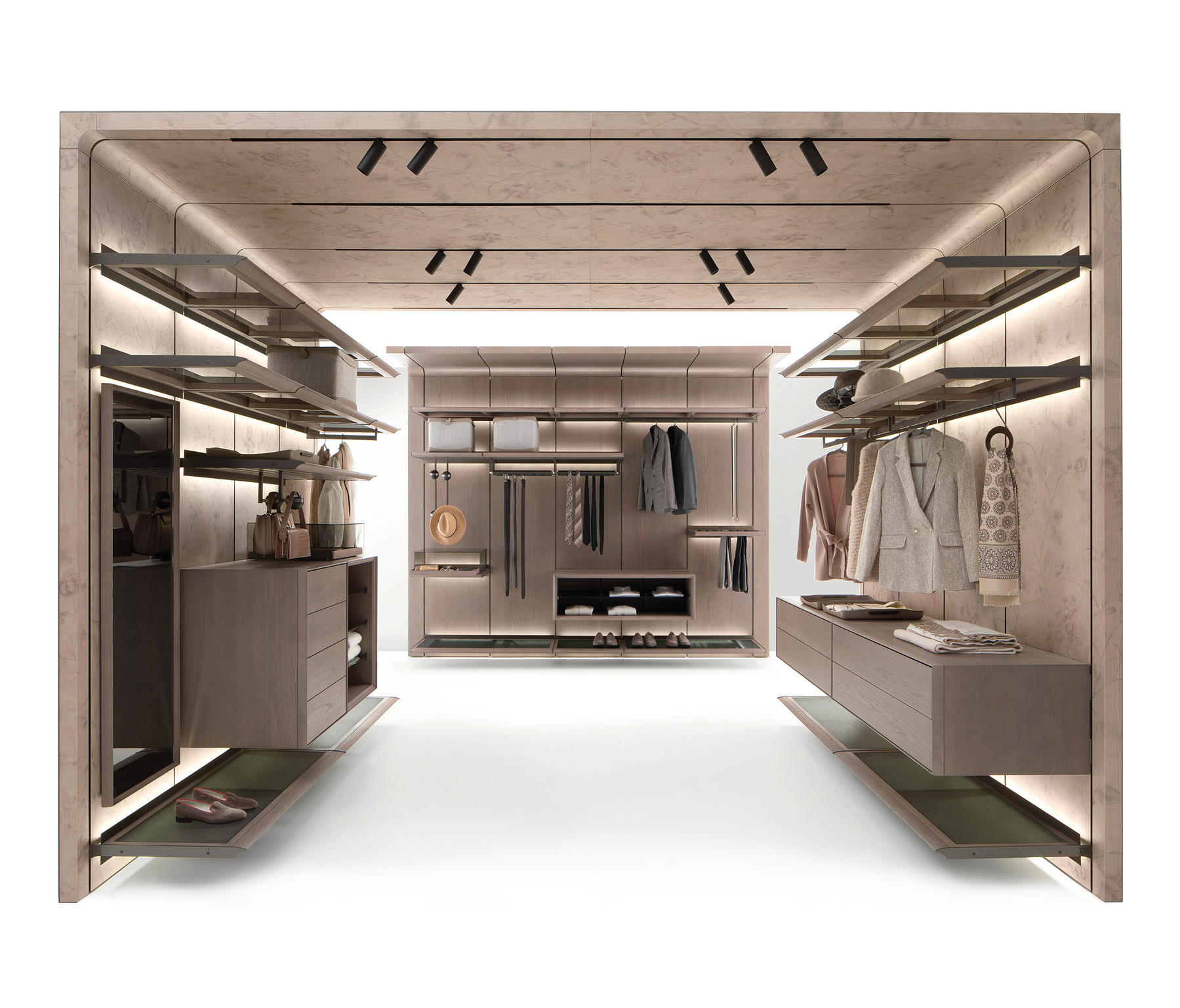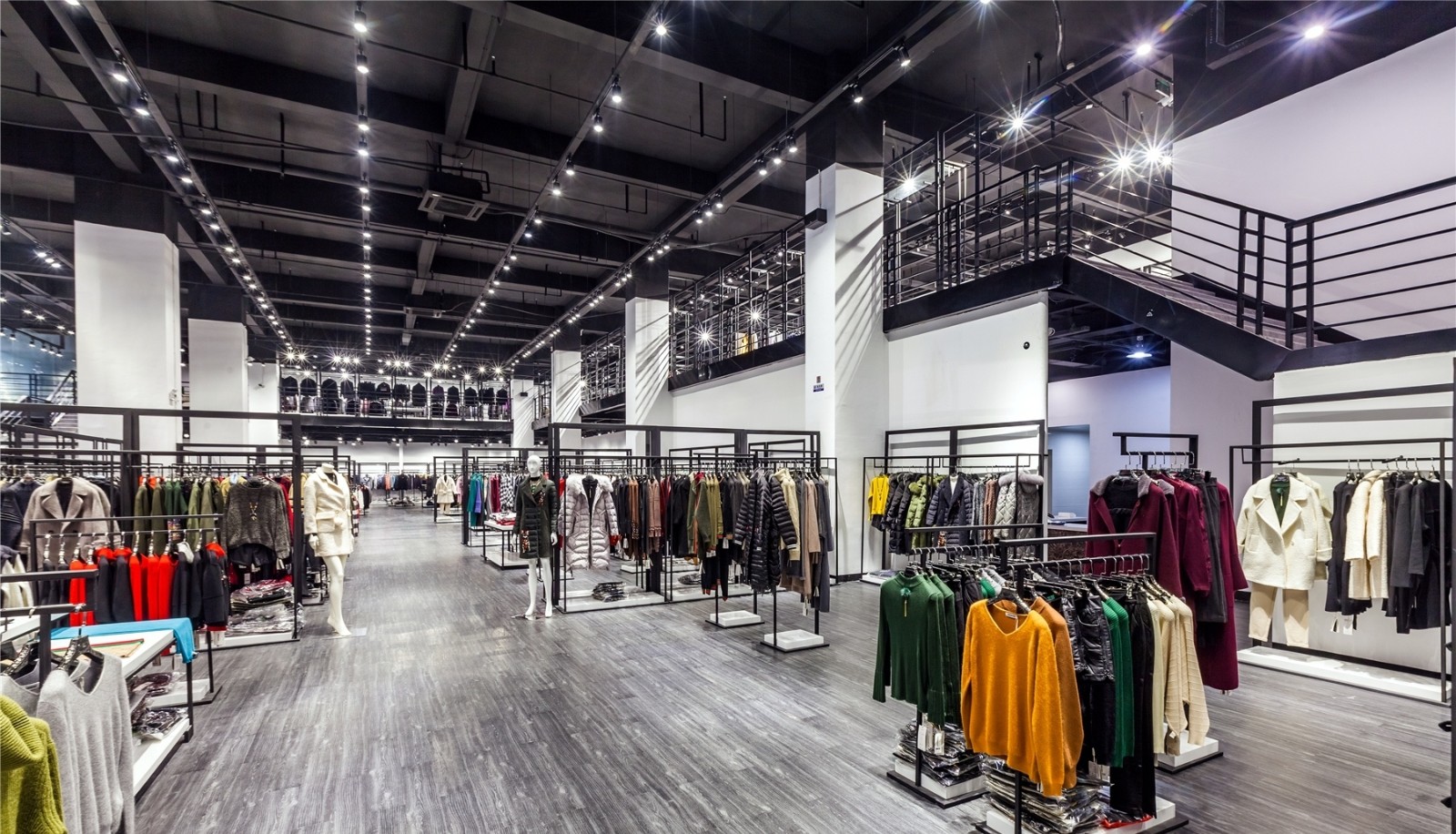Recent Posts
-
Installing Spotlights in Ceiling | Obals Expert Guide
Learn the expert steps and best practices for installing spotlights in your ceiling. Discover the benefits, tools needed, and tips for achieving a professional look.
06/21/2024
-
Warm White Versus Cool White | Expert Lighting Guide
Discover the differences between warm white and cool white lighting. Learn from industry experts about their applications, benefits, and how to choose the right color temperature for your space.
06/21/2024
-
Under Cabinet Lighting Kitchen | Expert Guide
Explore the benefits and best practices for installing under cabinet lighting in your kitchen. Learn from industry experts about types, installation tips, and design ideas to optimize your kitchen lighting.
06/20/2024
-
Screwfix LED Downlights | Expert Lighting Guide
Discover the advantages and best practices for installing Screwfix LED downlights. Learn from industry experts about their features, benefits, and tips for optimizing your lighting setup.
06/20/2024
-
Modern Lighting Factory | Expert Insights
Explore the advancements and benefits of modern lighting factories. Learn from industry experts about the latest technologies, manufacturing processes, and design trends in the lighting industry.
06/19/2024
Comparing 5000K vs 3000K Light: Which is Right for You
Comparing 5000K vs 3000K Light: Which is Right for You?
When it comes to choosing lighting for your space, understanding the difference between light temperatures is crucial. Two common options are 5000K and 3000K. These numbers refer to the color temperature of the light, which impacts the appearance and mood of your environment. In this article, we'll explore the characteristics of both light temperatures to help you make an informed decision.
5000K: The Cool White Light
5000K light, often referred to as "cool white," has a higher color temperature. This type of light is crisp and bright, similar to natural daylight. It's ideal for spaces where clarity and visibility are essential.
Key Points:
Daylight Simulation: 5000K light closely mimics natural daylight, making it great for areas where tasks require precision and focus.
Enhanced Brightness: Cool white light creates a well-lit atmosphere, perfect for offices, workshops, and areas with detailed work.
Clean Aesthetic: The clarity of 5000K light adds a modern and clean look to interiors.
3000K: The Warm White Light
3000K light, often known as "warm white," has a lower color temperature. It emits a soft and inviting glow, creating a cozy and comfortable ambiance.
Key Points:
Relaxing Atmosphere: 3000K light adds warmth and coziness to a room, making it suitable for residential spaces, such as living rooms and bedrooms.
Subtle Illumination: Warm white light is less intense, making it easier on the eyes and creating a relaxed environment.
Decorative Appeal: The gentle glow of 3000K light complements interior design elements and creates a soothing mood.
Choosing the Right Light Temperature
The choice between 5000K and 3000K light temperature depends on the purpose and atmosphere you want to create in your space. Consider the following:
If you need focused and vibrant lighting for tasks, 5000K light is ideal.
If you want to create a cozy and inviting environment, 3000K light is more suitable.
Combining both temperatures strategically can offer a balance between functionality and ambiance.
Conclusion
Understanding the differences between 5000K and 3000K light temperatures empowers you to make the right choice for your space. Whether you prefer the clarity of cool white light or the warmth of a soft glow, selecting the appropriate lighting enhances the comfort and functionality of your environment.


